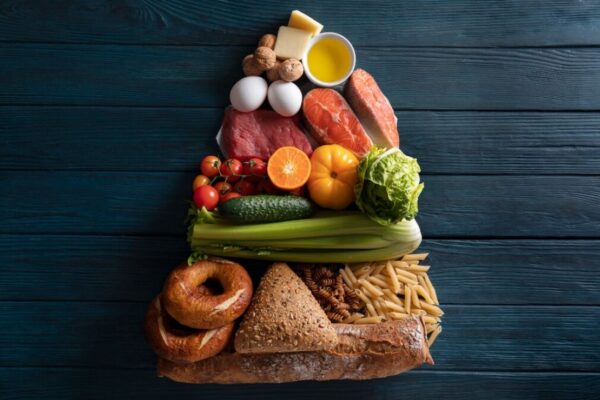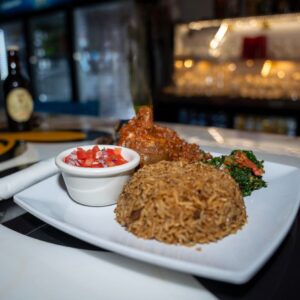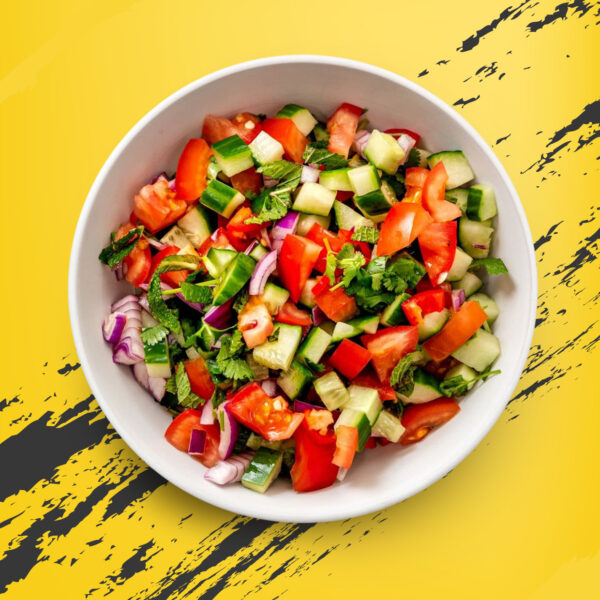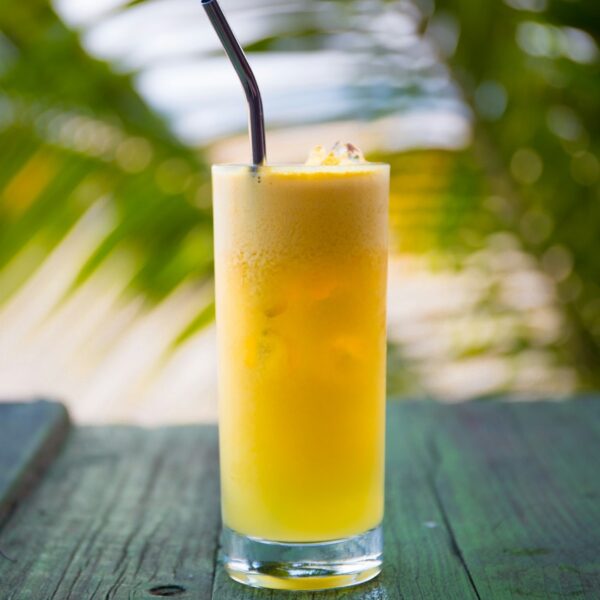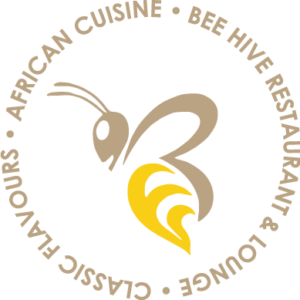Food is more than just nourishment. It is tied to culture, religion, tradition, and beliefs. Across the world, people follow certain rules and restrictions when it comes to what they can or cannot eat. These restrictions are called food taboos. Some are based on religion, others on health concerns, and many are linked to cultural identity. Understanding these food taboos helps us respect traditions and see how food shapes communities.
In this article, we explore food taboos from different parts of the world, explaining their origins and significance.
Religious Food Taboos
1. Pork in Islam and Judaism
In both Islam and Judaism, pork is strictly forbidden. Muslims consider pork haram (prohibited) under Islamic law. Jews follow kashrut, which declares pigs unclean animals because they do not chew the cud, even though they have split hooves. Eating pork is seen as a violation of religious laws in both faiths.
2. Beef in Hinduism
For Hindus, the cow is a sacred animal symbolizing life, motherhood, and abundance. In many regions of India, eating beef is considered a grave sin. In fact, several states in India have laws banning cow slaughter. Instead, the cow is honored, and milk products like yogurt and ghee are highly valued in Hindu rituals.
3. Alcohol in Islam
Along with pork, alcohol is another major taboo in Islam. It is considered haram because it clouds judgment and leads to sinful behavior. Many Muslim-majority countries have strict restrictions or outright bans on alcohol consumption.
4. Fasting Traditions
Religions also have restrictions tied to fasting. For example, Muslims fast from sunrise to sunset during Ramadan, avoiding all food and drinks. Catholics often avoid meat on Fridays during Lent. Buddhists may avoid eating after noon as part of their spiritual discipline.
Cultural Food Taboos
5. Insects in Western Countries
In many parts of Africa, Asia, and South America, insects like crickets, grasshoppers, and ants are common food sources. They are rich in protein and nutrients. However, in most Western countries, eating insects is seen as disgusting or unclean. This is more of a cultural taboo than a religious one.
6. Dog Meat in Asia
In certain parts of China, South Korea, and Vietnam, dog meat has historically been consumed. However, in Western countries and increasingly in Asia itself, eating dogs is seen as highly taboo because dogs are viewed as companions and pets rather than food.
7. Horse Meat in the United States
In countries like France, Belgium, and Kazakhstan, horse meat is accepted and even considered a delicacy. But in the United States, eating horse meat is culturally unacceptable because horses are seen as noble animals, connected with work, sport, and companionship.
8. Blood-Based Foods
In some cultures, blood is used in cooking, such as blood sausage in Europe or dinuguan in the Philippines. In others, like Islam and Judaism, consuming blood is strictly forbidden. The Bible clearly prohibits eating blood, and halal and kosher laws require blood to be drained from meat before consumption.
Health-Related Food Taboos
9. Shellfish Restrictions
Shellfish such as shrimp, crab, and lobster are avoided in Judaism under kosher laws. Some people avoid shellfish for health reasons because they are high in cholesterol or because of the risk of allergies.
10. Raw Foods in Certain Cultures
While Japanese cuisine embraces raw fish in sushi and sashimi, many cultures find eating raw food dangerous and unappealing. Concerns about bacteria and parasites make raw meat a taboo in many regions.
11. Fugu (Pufferfish) in Japan
Fugu is a delicacy in Japan, but it contains a deadly poison if not prepared correctly. Only licensed chefs can serve it. In many other countries, eating fugu is illegal due to the health risks.
Gender-Based Food Taboos
12. Restrictions for Pregnant Women
In some African and Asian traditions, pregnant women are told to avoid certain foods believed to harm the baby. For example, eating eggs may be discouraged in some areas due to a belief it will make the child bald or less intelligent.
13. Gender Roles in Food Consumption
Among the Maasai of Kenya and Tanzania, women traditionally do not drink milk mixed with blood, a beverage reserved for men. Similarly, in some Pacific Island cultures, certain fish or delicacies are reserved for men, while women are excluded.
Regional Food Taboos
14. Whale Meat
In Japan, Iceland, and Norway, whale meat has cultural and historical importance. However, in many countries, especially in the West, eating whale is taboo due to conservation concerns and the perception of whales as intelligent, endangered animals.
15. Frogs and Snails
In France, frogs’ legs and escargot (snails) are common delicacies. In other parts of the world, many people find the idea of eating frogs or snails revolting.
16. Guinea Pig (Cuy) in South America
In Peru and Ecuador, guinea pigs are a traditional food source. However, in North America and Europe, guinea pigs are seen as pets, and the idea of eating them is strongly taboo.
Food Taboos Based on Superstition
17. Fish and Women in Some Cultures
In certain Asian traditions, women are told to avoid eating fish during menstruation or pregnancy due to old beliefs about fertility and health.
18. Eggs and Wisdom in Some African Cultures
Some African traditions discourage children from eating eggs, with the superstition that it may cause them to steal or become greedy. Others believe eggs may limit intelligence.
19. Bananas Before Travel
In parts of India, eating bananas before setting out on a journey is considered unlucky, though it has no scientific basis.
20. Mixing Milk and Fish
In some Middle Eastern and South Asian cultures, there is a belief that combining milk and fish can cause skin diseases like vitiligo.
Modern Food Taboos
21. Genetically Modified Foods (GMOs)
While GMOs are widely consumed in the United States, many European countries strongly resist them. Some believe they are unsafe or unnatural, even though studies often show they are safe to eat.
22. Red Meat in Health-Conscious Communities
In many modern urban areas, red meat is frowned upon due to concerns about heart disease, cancer, and climate change. Plant-based diets are becoming popular replacements.
23. Gluten
Though only a small percentage of people have celiac disease, gluten-free diets have become a trend, making gluten taboo in some wellness communities.
Why Food Taboos Matter
Food taboos are not just rules about what people eat; they are a window into culture, religion, health practices, and identity. They shape how communities see the world and connect to tradition. Some taboos are rooted in spiritual beliefs, while others come from scientific observations about health and safety.
Understanding food taboos helps us respect cultural diversity. It reminds us that what is considered delicious in one culture may be unacceptable in another.
Conclusion
Food taboos around the world reflect the complex relationship between people and food. From religious prohibitions on pork and beef, to cultural avoidance of insects and dogs, to health-based restrictions on raw foods and shellfish, these practices carry deep meaning.
As globalization brings cultures closer, we are exposed to new foods, but food taboos remain powerful reminders of tradition, belief, and identity. Respecting these taboos is key to building understanding in a multicultural world.
Beehive Restaurant and Lounge is a vibrant culinary destination in Portland, Oregon, offering a unique blend of authentic African cuisine infused with the sweetness of honey. Whether you’re joining us for a meal or a special celebration, Beehive is your hive of warmth, hospitality, and exceptional culinary delights. Connect with us on social media and join our community to stay updated on our latest offerings and events!
